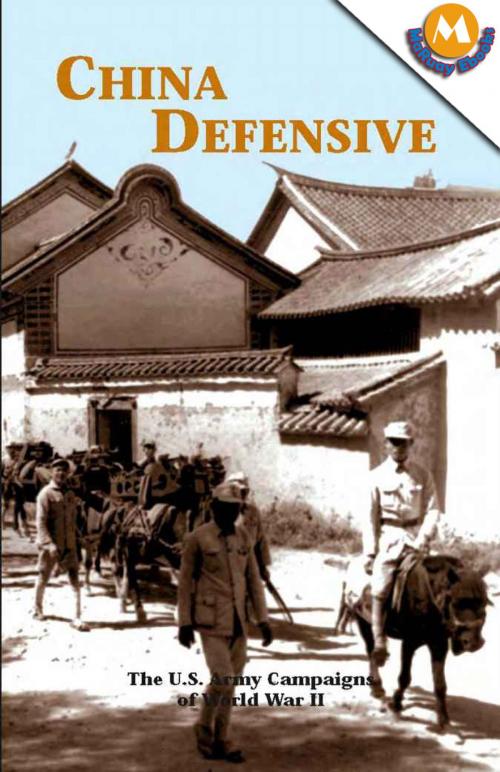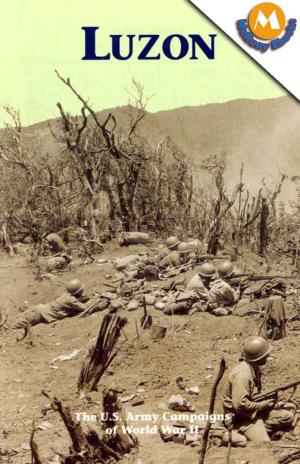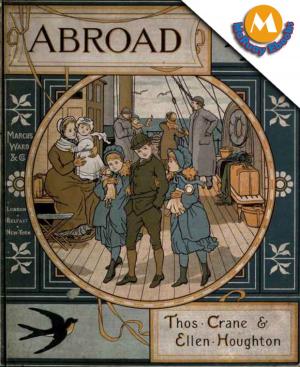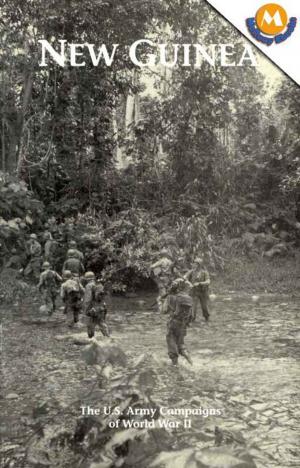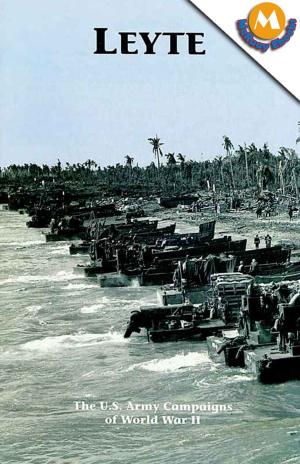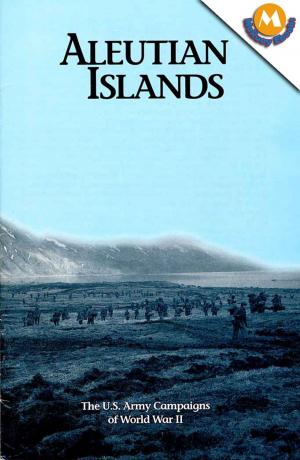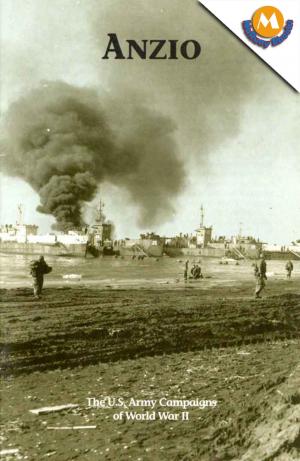China defensive (The U.S. Army Campaigns of World War II)
Nonfiction, History, Military, Strategy, World War II| Author: | Mark D. Sherry | ISBN: | 1230000127258 |
| Publisher: | Maruay Ebooks | Publication: | April 23, 2013 |
| Imprint: | Language: | English |
| Author: | Mark D. Sherry |
| ISBN: | 1230000127258 |
| Publisher: | Maruay Ebooks |
| Publication: | April 23, 2013 |
| Imprint: | |
| Language: | English |
China defensive (The U.S. Army Campaigns of World War II)
-This ebook Included TOC for Reader.
-This sample in this ebook ;
Still, China had a lower priority for supplies than the United States and its European Allies. Even the relatively meager amount of materiel required by the Chinese proved difficult to deliver. Japanese control of the China coast meant that all supplies had to reach inland China through either Burma or French Indochina. British reluctance to provoke Japan limited shipments through Hong Kong, and French acquiescence to Japanese occupation of northern Indochina in September 1940 left Rangoon, Burma, the closest friendly port to Nationalist-held areas in China. Having crossed nearly 14,000 miles by sea, lend-lease aid next went by rail to Lashio in northern Burma, and then 715 miles by truck over the Burma Road to Kunming, China. Over this precarious route only a trickle of supplies arrived at Kunming. Burma’s loss to Japan’s armies in late May 1942 cut this one remaining overland resupply route. The closest port for Chiang was now in India, and henceforth all supplies earmarked for China had to travel by air over the Himalayas, the Hump.
China defensive (The U.S. Army Campaigns of World War II)
-This ebook Included TOC for Reader.
-This sample in this ebook ;
Still, China had a lower priority for supplies than the United States and its European Allies. Even the relatively meager amount of materiel required by the Chinese proved difficult to deliver. Japanese control of the China coast meant that all supplies had to reach inland China through either Burma or French Indochina. British reluctance to provoke Japan limited shipments through Hong Kong, and French acquiescence to Japanese occupation of northern Indochina in September 1940 left Rangoon, Burma, the closest friendly port to Nationalist-held areas in China. Having crossed nearly 14,000 miles by sea, lend-lease aid next went by rail to Lashio in northern Burma, and then 715 miles by truck over the Burma Road to Kunming, China. Over this precarious route only a trickle of supplies arrived at Kunming. Burma’s loss to Japan’s armies in late May 1942 cut this one remaining overland resupply route. The closest port for Chiang was now in India, and henceforth all supplies earmarked for China had to travel by air over the Himalayas, the Hump.
